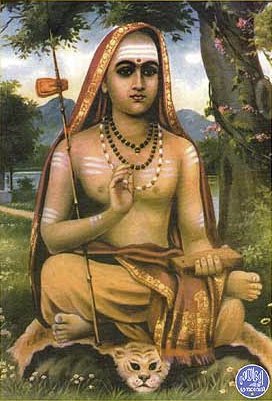Katha Upanishad with Shankara’s Commentary
by S. Sitarama Sastri | 1928 | 23,822 words
The Katha Upanishad is a collection of philosophical poems representing a conversation between the sage Naciketas and Yama (god of death). They discuss the nature of Atman, Brahman and Moksha (liberation). The book is made up of six sections (Valli). This commentary by Shankara focuses on ‘Advaita Vedanta’, or non-dualism: one of the classical ort...
Verse 1.3.9
विज्ञानसारथिर्यस्तु मनःप्रग्रहवान्नरः ।
सोऽध्वनः पारमाप्नोति तद्विष्णोः परमं पदम् ॥ ९ ॥vijñānasārathiryastu manaḥpragrahavānnaraḥ |
so'dhvanaḥ pāramāpnoti tadviṣṇoḥ paramaṃ padam || 9 ||9. But the man who has a discriminating intellect for the driver and a controlling mind for the reins, reaches the end of the road, i.e., that highest place of Vishnu.
Shankara’s Commentary:
Com.—What that goal is, is now explained; but the man who has discerning intelligence for the driver, whose mind is under control, and who is clean, i.e., the knowing man reaches the end of the road of Samsara, i.e., realises the Supreme; i.e., is absolved from all the ties of Samsara. The man of knowledge attains 1 the highest place of Vishnu, i.e., the nature of the all-pervading Brahman, the Paramatman known as Vasudeva (the Self-luminous).
